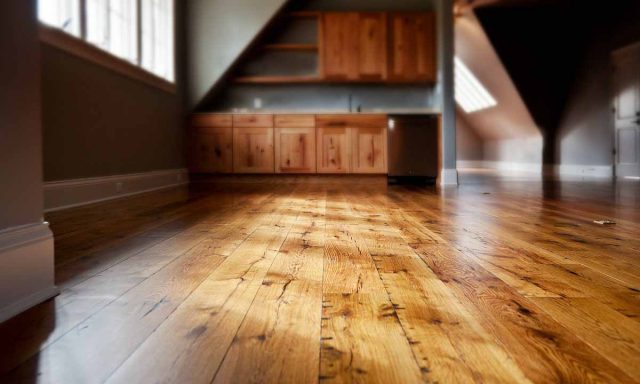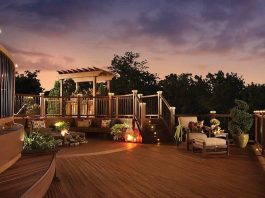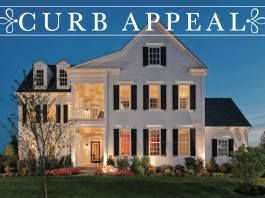
As trends come and go, this one is here to stay. Local wood reclamation, whether that wood is being salvaged from old barns or rescued from underneath old and outdated carpeting, is growing in popularity across the country. It’s a concept that blends seamlessly with eco-friendly home building, and it adds instant value and unique charm to your home.
Reclaimed wood flooring’s beauty is simply unsurpassed, and has several things going on that regular “new wood” just doesn’t have.
What Exactly Is Reclaimed Wood?
Reclaimed wood is simply wood that has been salvaged. In most cases you’ll find that the wood used in these floors had some other useful purpose in a previous life. Many of the old structures in the US that were built in the last two centuries used wood as the predominant structural material. These buildings are now being dismantled and their wood turned into recycled wood flooring. Rather than being incinerated, stuffed in landfills or left to decay, this wood is reclaimed and recycled into a number of products, including stunning wood floors. The companies that produce reclaimed flooring source their wood from different places resulting in a variety of available wood species. Some obtain their wood from their local area, taking advantage of the availability of old abandoned barns and factories. Others literally travel the globe to find different sources of wood, indigenous to the local area.

A Uniqueness All Its Own
Where else can you get a floor made from 500 year old Chinese Elm or old growth Douglas Fir? You can get that with recycled wood flooring which is something today’s new wood can’t provide. There’s a history behind most reclaimed wood that brings an added dimension to a home. It’s a physical link to the past. They’re attractive too, with colors, grains and patinas not easily found in new-growth wood. Some of the wood used to construct older buildings were made with wood species that for all intents and purposes don’t exist for commercial purposes anymore. American Chestnut is one of them. Essentially killed off by a blight that occurred at the turn of the century, American Chestnut isn’t available anymore. But you can get it from reclaimed wood. Teak, particularly old growth, is rare these days, coming under greater protection from harvesting. Reclaimed teak timbers from buildings disassembled for more modern buildings is a source for old growth teak floors. Reclaimed wood flooring is a way to obtain these rare and protected wood types that you wouldn’t otherwise be able to do.
Long-Term Benefits
Durability—Compared to new products, reclaimed wood (particularly old-growth wood) is much stronger and will last longer in your home. Old wood has also settled and shrunk into a more permanent form, creating less of a hassle down the road and is much more durable than fresh wood from the big-box stores.
Low-Maintenance Qualities—Many reclaimed items will require less maintenance simply because they’ve already become worn over time, creating a storied look that’s become increasingly popular in recent years.
What Does It Cost?
The good news is buying reclaimed lumber continues to get easier—and in some instances, less expensive relative to the rising cost of new hardwood. Depending on what kind of wood you’re going for, you will spend $5 to $20 per square foot and up to $30.00 per square foot for antiques, like chestnut. In comparison to new wood floors, the costs are slightly higher on average. The average cost of uninstalled new wood flooring is in the $3 to $12 per square foot range (exotic woods are more, with the higher end around $20 per square foot.)
Part of what drives the cost of recycled wood flooring is the amount of work involved in the reclamation. Next, it’s de-nailed and rid of any other metallic items imbedded in the wood. This tedious task is done by hand. After de-nailing, the wood is cut and milled to its final form and then dried to remove any moisture. In the end the result can be a beautiful piece of wood. But it didn’t come without effort, nor the economies of mass-production, which factor into its overall cost.
But beware. There are folks out there trying to make a quick buck selling used wood. Be suspicious of dealers who don’t guarantee their products, who have prices that are unrealistic compared to other bids. Make sure upfront that you’ll be getting wood that’s been properly treated. A reputable dealer should agree to scrub the wood clean and use a metal detector to spot any hidden nails, and—this is critical–kiln-dried.
After all the due-diligence is done, for the character, beauty and value that this wood will add to your home, it is absolutely worth it.
This article was originally written by OCLM for Diaz Hardwood Floors Inc.!





